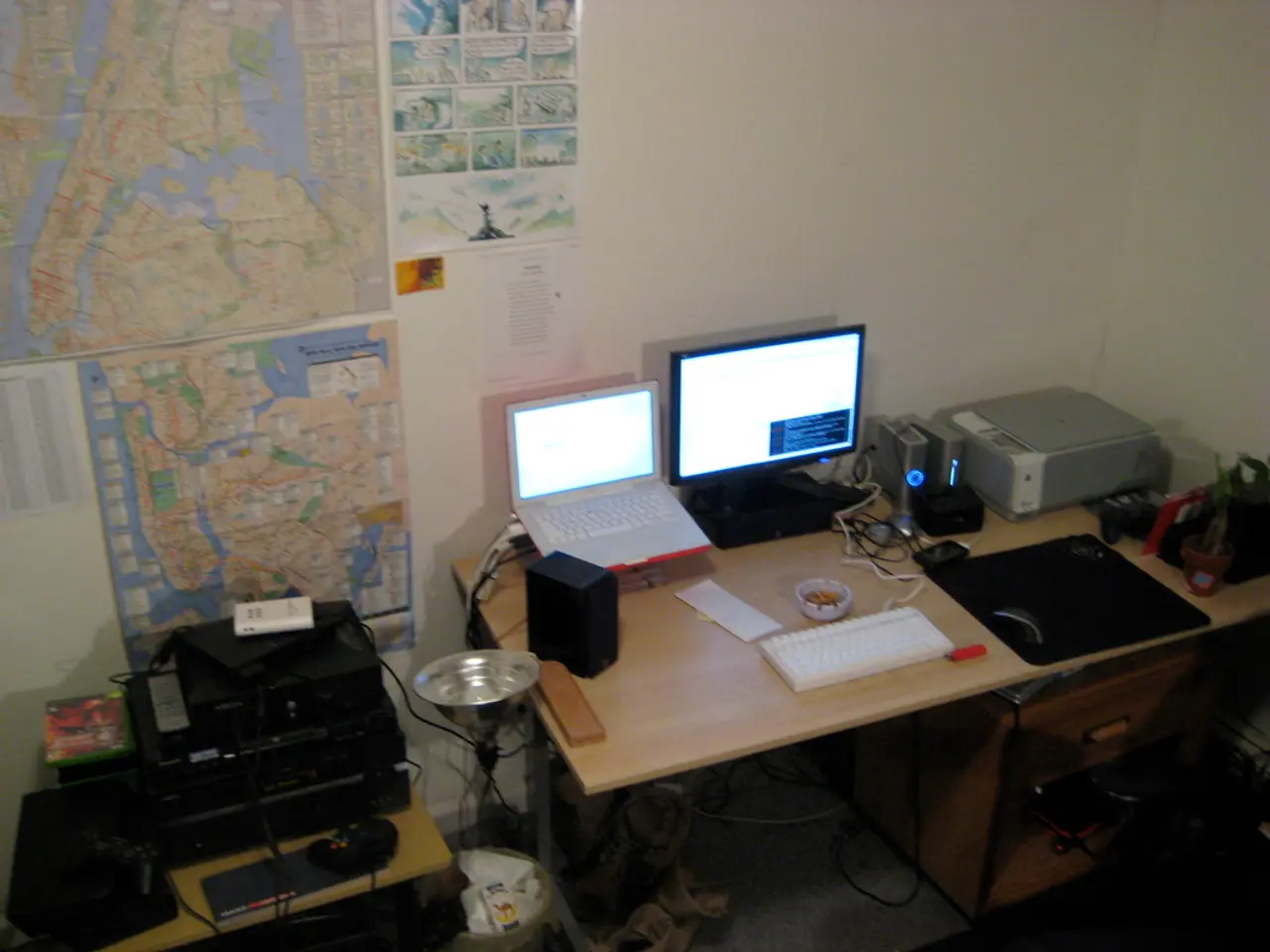Exploring the Uncharted: Insights from the Ray Dolby Center
The Ray Dolby Centre: A Next-Generation Physics Facility at the University of Cambridge
The University of Cambridge unveiled the Ray Dolby Centre, a cutting-edge physics facility designed by Jestico + Whiles. This next-generation research hub, located on the campus, is a testament to the university's commitment to supporting future scientific discoveries while preserving the heritage of the Cavendish Laboratory.
The building's design prioritizes adaptability, flexibility, and technical precision. It is engineered to evolve with advancing science for decades, ensuring it can accommodate research demands that are currently unknown or emerging. The Centre integrates state-of-the-art technical infrastructure to facilitate cutting-edge physics research, meeting today's exacting requirements while leaving room for future innovation.
The Ray Dolby Centre respects the Cavendish Laboratory's historic legacy by integrating with the existing Cambridge physics campus fabric, maintaining continuity for the scientific community. While fostering innovation, the Centre also enhances collaboration between scientists through shared spaces designed to foster interdisciplinary exchange and teamwork essential for breakthrough discoveries.
The building's layout encourages movement and interaction, promoting serendipity, cross-pollination, and informal collaboration between disciplines or research teams. The central utility buildings (CUBs) are located at the end of each research wing, allowing services to be distributed laterally, avoiding the rigidity of vertical service risers from rooftop plant.
The Centre's design addresses complex technical requirements such as vibration, electromagnetic shielding, infrasound, and gas lines. It provides a national facility for physics research and marks a significant improvement on the Department of Physics' current research laboratories. The building has to meet demanding technical specifications, including vibration control, electromagnetic shielding, and environmental stability to integrate ISO 3 cleanrooms and VC-H rated microscopy labs.
The Ray Dolby Centre is a place where architecture and science are in dialogue, shaping space to support function while creating uplifting, humane, and inspiring environments. The project reaffirms the belief that architecture must be a facilitator, an enabler of science, not an afterthought to it. The building's isolated plant buildings, called "CUBs (Central Utility Buildings)", are structurally isolated from the main research wings to prevent vibration transfer and independent servicing.
The building's design involves collaboration with engineering colleagues to support the science being conducted. The public wing at the Ray Dolby Centre includes a cafe, exhibition space, and teaching areas. The West Hub, another project designed by the same team, is located near the Ray Dolby Centre and serves as a non-departmental, open-access facility.
The Ray Dolby Centre was developed in close collaboration with the Department of Physics at the University of Cambridge and is built to last and designed for adaptability, with flexible lab layouts and a modular servicing strategy. The building's structure and services were developed in collaboration with engineering colleagues to support the science being conducted. The collaboration led to the integration of advanced technical systems while maintaining spatial clarity and user comfort.
In conclusion, the Ray Dolby Centre balances heritage preservation, technical excellence, and architectural adaptability to create a scientific environment prepared for both current and unforeseen research challenges. This long-term vision for discovery and innovation at Cambridge is embodied in the Centre's design.
- The Ray Dolby Centre, a testament to the university's commitment to supporting future scientific discoveries, prioritizes medical-conditions like environmental stability to integrate ISO 3 cleanrooms and VC-H rated microscopy labs.
- By fostering collaboration, the Centre enhances interdisciplinary exchange and teamwork essential for breakthrough discoveries in various medical-conditions, benefiting human health.
- The building's central utility buildings, or CUBs, are strategically located to avoid the rigidity of vertical service risers from rooftop plant, ensuring the Centre can accommodate emerging research demands related to science.
- In the Ray Dolby Centre, technology, particularly in the form of state-of-the-art technical infrastructure, plays a critical role in facilitating cutting-edge physics research while respecting the building's historic legacy, bridging the gap between food (nourishment) for the researchers and the pursuit of knowledge in health, culture, and science.




